Understanding Exit Devices
Exit devices are designed to facilitate the exit of people through an opening, usually a door, during emergency situations. An exit is an integral part of the door latching assembly, and it incorporates an actuating mechanism that allows the door to be opened when the door handle is pushed. The exit device is designed to permit the door to open fast, and in the direction of travel in which the people are moving. This allows the door to open outwards when people are trying to exit a building. Central to understanding exit devices is knowing how the actuating mechanism works.
Actuating Mechanism
The actuating mechanism of the exit device plays a key role in its operation, and also determines the effectiveness of the device. So how does the actuating mechanism operate?
Generally, the actuating mechanism consists of an activating bar and an unlatching mechanism. The activating bar is usually a spring-loaded metal bar that has been fixed horizontally on the door. Accessibility is the key factor that determines where the activating bar is placed. If the door opens outwards, then the activating bar must be fitted to the inside side of the door, as this allows people trying to exit the hall, concert, or assemblage to easily push the activating bar. When the activating bar is pushed, it engages an unlatching mechanism which releases the latch bolt, and consequently, the door is unlocked and can be opened.
Purpose
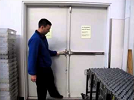 The primary function of an exit device is to facilitate safe emergency egress from an anteroom, hall, or building. They are also designed to facilitate barrier-free access.
The primary function of an exit device is to facilitate safe emergency egress from an anteroom, hall, or building. They are also designed to facilitate barrier-free access.
Moreover, some exit devices have fail-safe exit designs, and they are used to enhance security. Also, some exit devices incorporate authorized entrance features and this serves as a safeguard measure against unauthorized entry, and thus can be used to lock out thieves and robbers. This also means that one does not need to install an additional locking mechanism on the exit device, or use chains and padlock to secure the emergency exit; as this not only beats the purpose of having an emergency exit, but it also places the occupants of a building at risk should an emergency arise. This is quite noticeable in schools where school children usually panic during emergencies, and can logjam on the exit door if they are unable to open it, and if the emergency doors are improperly opened, a human stampede can ensue.
Some exit devices feature a compartmentalized design that allows them to incorporate both smoke and fire alarms. These exit devices also have delay, usually a 15-second delay, from the time the alarm is set off. During this delay, the door is locked so as to allow an authorized personnel to check out what set off the alarm, and this serves to ensure that criminals do not intentionally activate the exit device and open the emergency door so as to gain entry into business premises, storage depots, or residential halls.
Generally, building codes (international codes and sometimes local building regulations) stipulate that buildings that house many people, usually 50 or more people, must have fully functional exit doors that are properly fitted with exit devices.
Where is it Used?
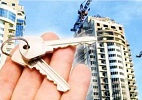 Exit devices can be used in any door that needs to be latched, and the location and design of the door allows it to serve as an emergency door. Therefore, exit devices can only be installed in doors which have a latch, and this includes the following doors:
Exit devices can be used in any door that needs to be latched, and the location and design of the door allows it to serve as an emergency door. Therefore, exit devices can only be installed in doors which have a latch, and this includes the following doors:
– Stairwell doors.
– Fire doors.
– Cross-corridor doors.
– Exit doors.
There are situations which mandate that exit devices must be installed and used, and they are:
1. High occupancy areas: In populated buildings, there is always a concern that an emergency can arise, and this mandates that an emergency exit must be provided for such a case.
2. Perimeter security: This serves to limit access into a restricted zone, and an exit device operates to allow authorized entrance while still facilitating safe exit of authorized personnel during emergencies.
3. Security systems: They are installed for access control, and exit devices complement the access control feature while proving a safe exit option during emergencies.
Types of Exit Devices
1. Crossbar: It cannot be chained.
2. Full-length touchpad: The operating mechanism of the exit device is as long as the exit device.
3. Partial-length touchpad: It permits field retrofit, and is at least half the length of the door.
4. Flush panel: The door only shows the touchpad of the exit device.
5. Paddle: This type of exit device is usually used in hospitals.
6. Electronic control: It features electrified options for alarm settings, door status, and access control.
Read More »
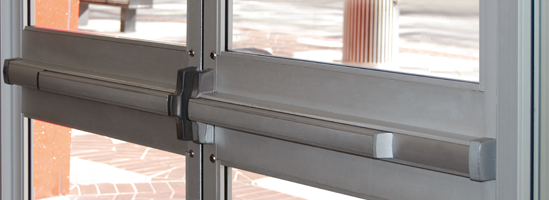
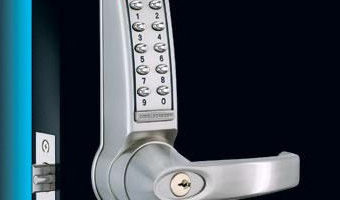
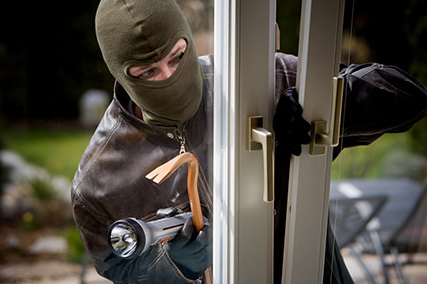 1.) Prevents loss and damage – using
1.) Prevents loss and damage – using 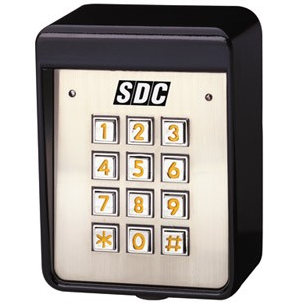 4.) Patent protected key patterns – most modern High-Security Locks come with patent-protected key patterns. Duplicating the keys without your knowledge is avoided providing you complete key control.
4.) Patent protected key patterns – most modern High-Security Locks come with patent-protected key patterns. Duplicating the keys without your knowledge is avoided providing you complete key control.